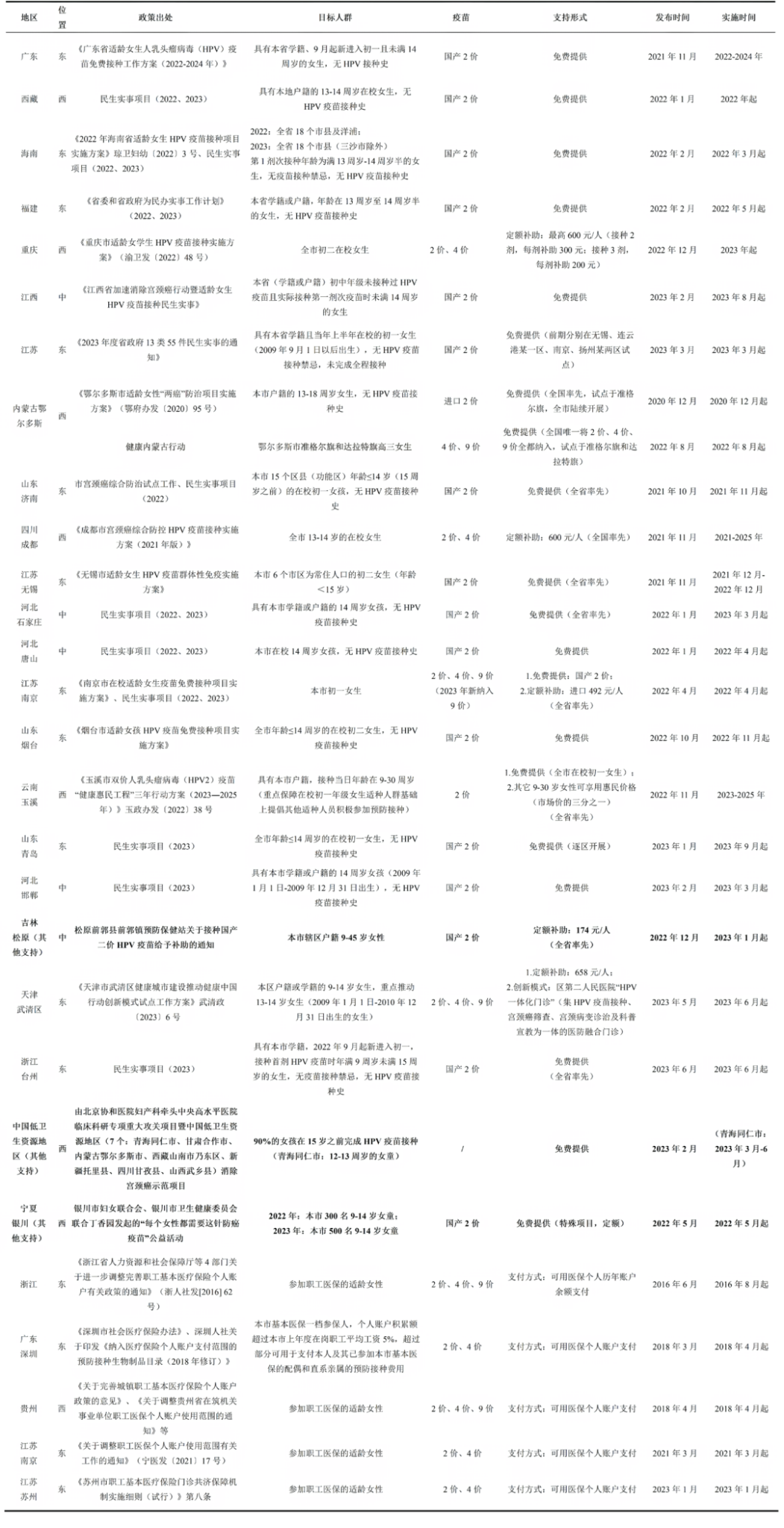Research Content Recommendation
01
Strengthening National Immunization Technical Advisory Groups: Twelve Years of Progress (2012–2023)
This article, published in Vaccines, aims to review the global progress made from 2012 to 2023 in the establishment and strengthening of National Immunization Technical Advisory Groups (NITAGs), and to discuss their strengths, challenges, and opportunities. The study analyzes data submitted annually by countries to the World Health Organization (WHO) through the WHO/UNICEF Joint Reporting Form (JRF), comparing the NITAG process indicators between 2012 and 2023.
The results show that in 2023, 88% (170/193) of reporting countries, representing 98% of the global population, reported having established a NITAG to guide national immunization policy decisions. In contrast, in 2012, only 61% (116/191) of reporting countries reported having a NITAG, covering 89% of the global population. When focusing on countries whose NITAGs fulfilled all six process indicators, the progress between the two periods is even more evident. In 2023, 68% (131/193) of reporting countries—representing 84% of the global population—had a NITAG that met all six criteria. By comparison, only 33% of countries—covering 52% of the global population—met these standards in 2012. This progress was most pronounced in the WHO African Region, where the percentage of countries meeting all six criteria rose from 7% in 2012 to 77% in 2023, and in the South-East Asia Region, where it increased from 45% to 91% over the same period. In the Western Pacific Region, however, progress remained stagnant: 50% (13/26) of countries reported having a NITAG in 2023, compared to 56% (15/27) in 2012. Similarly, only 23% (6/26) of NITAGs in the region reported meeting all six process criteria in 2023, compared to 26% (7/27) in 2012. Globally, in 2023, 87% of countries with a NITAG reported having issued recommendations in the past year, and 84% reported that their Ministry of Health had adopted one or more of these recommendations.
The conclusion suggests that from 2012 to 2023, NITAGs have increasingly become the global standard for providing expert advice to governments on immunization policy. Ongoing support for NITAG secretariats and strengthened use of assessment tools—such as the NITAG Maturity Assessment Tool—will be essential to further enhance their functionality and effectiveness.
https://doi.org/10.3390/vaccines13010080
02
Multidimensional challenges in Brazil’s decision-making process of vaccines adoption: The case of childhood pneumococcal conjugate vaccines
This article, published in Vaccine, systematically analyzes the decision-making process of the Brazilian National Commission for the Incorporation of Technologies in the Unified Health System (Conitec) regarding the transition from the 10-valent pneumococcal conjugate vaccine (PCV10) to the 13-valent vaccine (PCV13) in the national childhood immunization schedule. The study adopts an explanatory case study approach and reviews Conitec’s meeting records, technical reports, and official decision documents from 2022 to 2023 concerning the potential switch from PCV10 to PCV13.
The findings indicate that the decision-making process experienced a shift due to new scientific evidence and competing stakeholder considerations. In the November 2022 meeting, the technical assessment unit adopted the cost-effectiveness analysis provided by Wyeth/Pfizer, concluding that replacing PCV10 with PCV13 would be both safe and more cost-effective, and the proposal initially received unanimous support. However, in April 2023, the final decision was made to postpone the implementation. Updated epidemiological data submitted by the National Immunization Program (PNI) showed that the overall incidence of pneumococcal pneumonia had remained stable since the introduction of PCV10, with no evident increase. The report also highlighted the more urgent need to enhance vaccination coverage and to establish a nationwide sentinel surveillance system to evaluate the impact of potential serotype replacement. The domestic vaccine manufacturer FioCruz emphasized the advantages of local technology transfer and cost-effective cold chain infrastructure. Taking into account scientific, administrative, technical, and national production capacity considerations, the committee ultimately reached a unanimous decision to defer the introduction of PCV13 in order to maintain the sustainability and equity of the existing immunization program, while committing to strengthening surveillance and improving coverage rates.
The conclusion underscores that the adoption of new vaccines is highly country-specific, requiring not only the support of scientific evidence but also the alignment of health technology assessment capacity and political prioritization by public health institutions. Only through comprehensive dialogue among epidemiological, economic, and strategic autonomy factors can immunization policies balance safety, efficacy, and sustainability.
https://doi.org/10.1016/j.jiph.2025.102812
03
Challenges and lessons learned during the switching of rotavirus vaccine from Rotarix to Rotavac in Zambia
This article, published in Vaccine, adopts a sentinel surveillance-based analytical approach to systematically evaluate the challenges and lessons learned during Zambia’s transition from Rotarix™ to Rotavac® amid the global rotavirus vaccine supply chain disruptions from 2021 to 2023. It assesses the impact of vaccine stock-outs and the switching process on child health. The study draws upon a diarrhea surveillance system established in 2007 across three national sentinel hospitals, analyzing epidemiological data from 5,078 hospitalized children under five years of age between 2017 and 2023.
The findings indicate that the rotavirus positivity rate declined from 38.9% in 2017 to 12.1% in 2019, but rebounded to 39% in 2020 during the COVID-19 pandemic. It subsequently dropped to 26.5% in 2021, then rose again to 34.4% during the vaccine stock-out period (March 2022 to April 2023). From 2020 to 2022, diarrhea-related hospitalizations increased significantly, while the rate of severe dehydration among hospitalized children showed no significant difference between the routine supply period (36.2%) and the stock-out period (38.7%). However, the diarrhea-related mortality rate during the stock-out period was three times higher than during the routine supply period. Following the switch and resumption of vaccine supply in 2023, the number of vaccinated children increased year by year, yet among eligible children, the first-dose coverage in 2023 was 70.8%, and the full-course coverage was 40.0%. Additionally, the national under-five immunization card was not updated in time, resulting in missing documentation for the third dose of Rotavac®.
The study concludes that the protective effect of Rotarix™ in the population was undermined during the stock-out period, leading to missed vaccinations, a marked increase in diarrhea-related hospitalizations, and higher infant mortality. It emphasizes the urgent need for Zambia to establish robust vaccine demand forecasting mechanisms, strengthen cold chain and sentinel surveillance systems, and promptly update immunization cards to ensure complete documentation and implementation of new vaccine schedules.
https://doi.org/10.1016/j.vaccine.2025.127012
04
Factors influencing acceptance of RSV immunization for newborns among pregnant individuals: A mixed-methods study
This article, published in Vaccines, employed a mixed-methods approach to evaluate pregnant individuals’ knowledge, attitudes, and intentions regarding immunization with two newly approved respiratory syncytial virus (RSV) products: a vaccine administered during pregnancy and a monoclonal antibody designed for infants. The study was conducted in Quebec, Canada, from October to December 2023, and included an online survey of 803 pregnant individuals, from which 25 were selected for in-depth interviews.
The findings indicated that 68.4% of respondents reported some awareness of RSV; 88.1% expressed willingness to receive the RSV vaccine during pregnancy, and 92% were willing to use monoclonal antibodies for their infants. A majority of 69% preferred vaccination during pregnancy over monoclonal antibody administration. Analysis of decision-making drivers revealed that preventing severe RSV-related complications in infants was the primary motivator for immunization. Other key determinants included vaccine safety, efficacy, and recommendations from healthcare providers. Qualitative interviews further revealed that safety concerns regarding the new immunization products were among the top issues for expectant parents, and that evidence-based recommendations from healthcare providers played a critical role in influencing immunization decisions.
The study concluded that pregnant individuals showed a high level of acceptance toward RSV immunization for newborns, whether through maternal vaccination or infant monoclonal antibody administration. Recommendations from healthcare providers and access to evidence-based information on the safety and efficacy of these new immunization products will be crucial in translating intention into action.
https://doi.org/10.1016/j.vaccine.2025.127062
05
Gastroenteritis hospitalizations over 19 years before and after introduction of rotavirus vaccine in Japan: A nationwide claims database
This article, published in Vaccine, utilizes the nationwide health insurance claims database of the Japan Medical Data Center (JMDC) to systematically evaluate the 19-year trend in pediatric gastroenteritis hospitalizations following the introduction of the rotavirus vaccine (RV). The study adopts an interrupted time series (ITS) design and analyzes hospitalization data from January 2005 to July 2023 for 3,085,932 children under the age of 12 (51% male, 49% female), with a mean age of 4.16 years.
The analysis was conducted across three defined time periods: the pre-vaccine period (before October 2011); the post-vaccine introduction period (RV introduced in 2010 as a self-pay vaccine: November 2011 to September 2020); and the post-public funding period (RV included in the publicly funded immunization program in October 2020 and thereafter). The primary outcomes were the hospitalization rates per 1000 person-years for all-cause gastroenteritis and rotavirus enteritis in children. The secondary outcome included hospitalization rates for intussusception.
The study found that among children under five years of age, the hospitalization rate for all-cause gastroenteritis declined significantly from 12.0/1000 person-years during the pre-vaccine period to 4.8/1000 person-years in the post-public funding period (a 60% reduction, p < 0.001). Similarly, hospitalization for rotavirus enteritis decreased from 5.8/1000 person-years to 2.5/1000 person-years (a 58% reduction, p < 0.01). ITS analysis showed a continuous monthly decline of 0.2% in rotavirus enteritis hospitalizations following vaccine introduction (p = 0.007). No significant changes were observed in the hospitalization rate for intussusception throughout the study period.
The findings confirm that the introduction of the rotavirus vaccine in Japan (initially as a self-funded vaccine in 2010 and subsequently incorporated into the public immunization program in 2020) significantly reduced the disease burden of pediatric gastroenteritis without increasing the risk of intussusception. The results provide important reference value for improving pediatric vaccination strategies and offer critical evidence for countries considering the inclusion of the rotavirus vaccine in their national immunization programs.
https://doi.org/10.1016/j.vaccine.2025.127027
Content Editor: Ruitong Li
Page Editor: Ruitong Li





